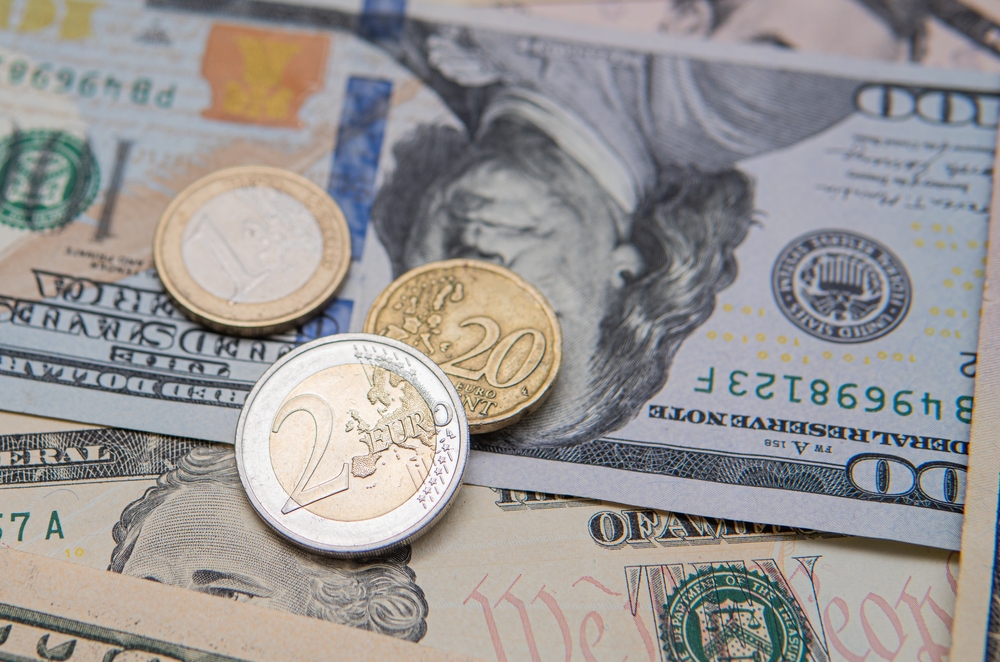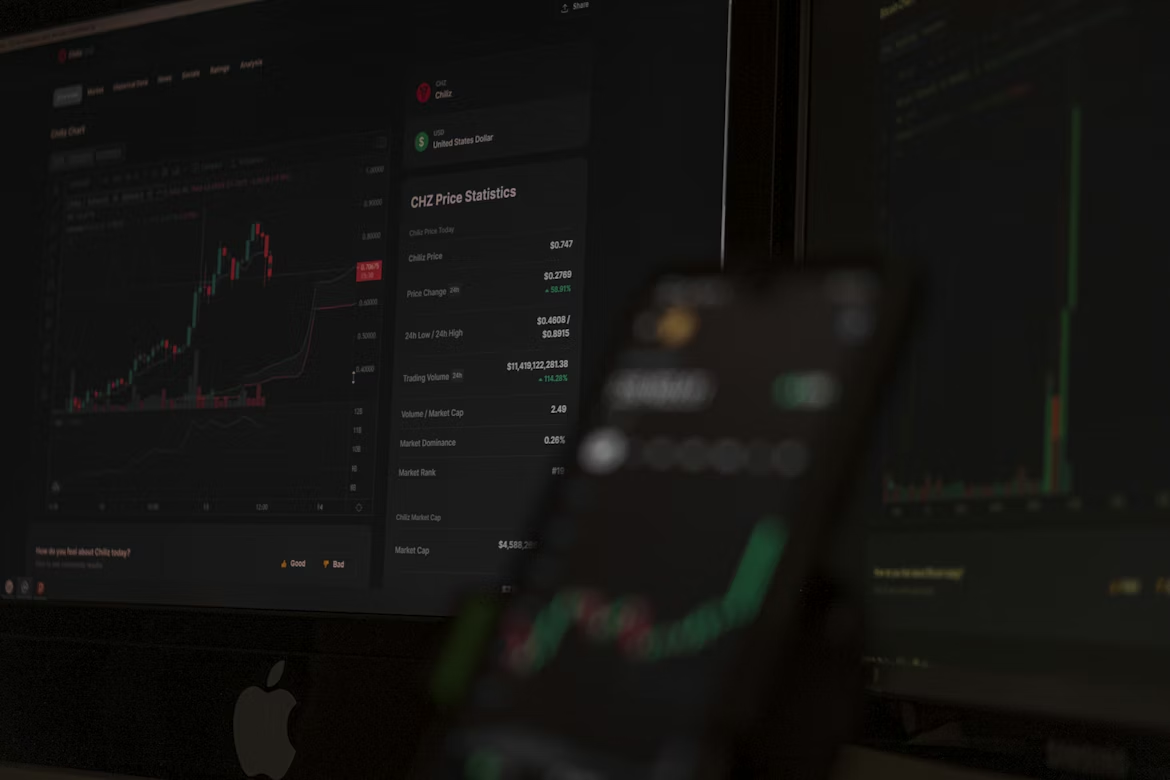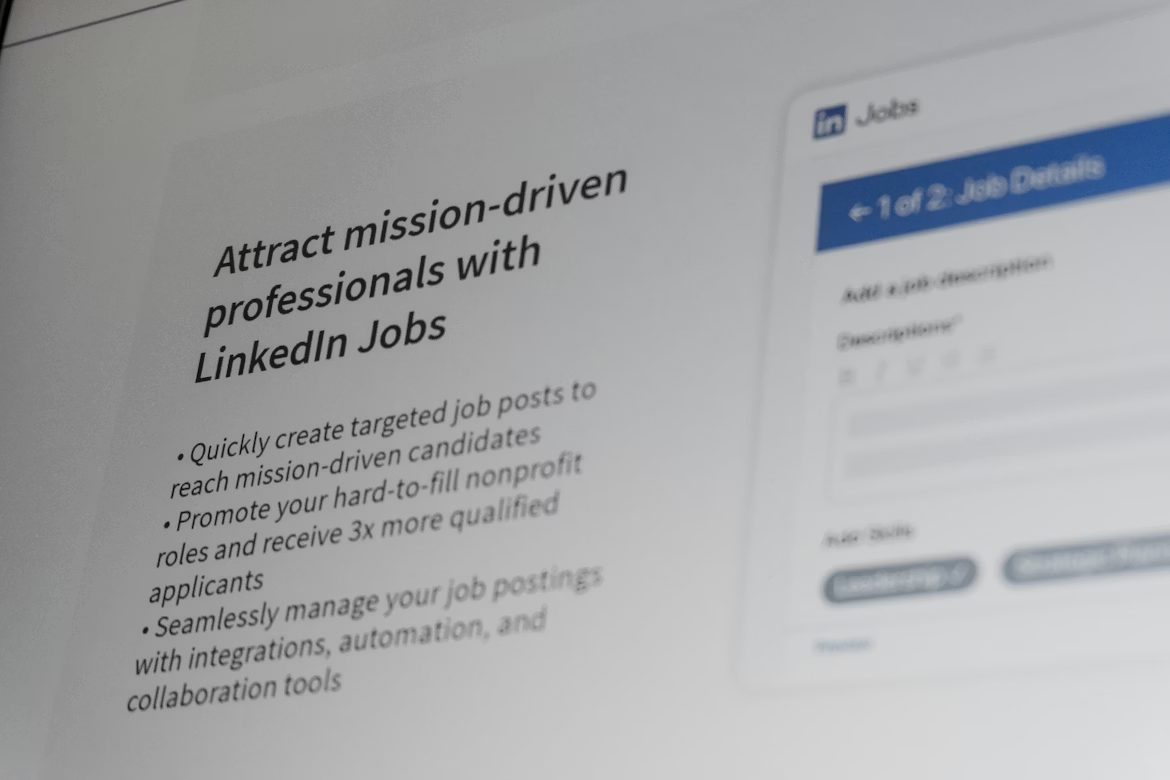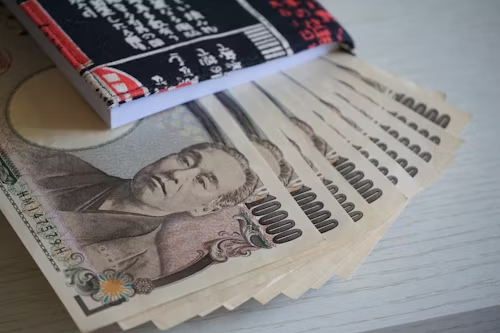A slurry of macroeconomic data was released, but the main focus was the services sector PMI, which saw slower growth in January, partly due to bad weather and uncertainty regarding trade policies. At the same time, hiring remained strong, with private employers adding more jobs than expected, suspecting a gap left by increasing deportation of illegal immigrants. However, the widening trade deficit tells a different story, as companies rushed to import goods before potential tariffs kicked in, driving imports to record highs. This rush highlights the fear created by trade tensions, especially with China, Mexico, and Canada, which could weigh on the economy if businesses start scaling back or overload inventory that will increase overhead. For now, the labour market remains a bright spot, but all eyes will be on Friday’s jobs report to see if this momentum holds or if cracks are starting to form.
EQUITY
Stocks widely closed higher even with disappointing earnings from Mag7 companies, although small caps fared better, with the Russell 2000 gaining 1% while the S&P 500 only gained 0.39%, with estate and technology sectors leading gains while communication services lagged. Positive ADP employment figures and stable wage growth eased tariff tensions and inflation concerns. Crop chemical producers, FMC fell hard on missed revenue and lowered projection, while HVAC supplier JCI fared better with growing data centre chiller demand.
GOLD
Gold printed another record high, with strong physical demand and safe-haven buying with tightening trade tensions. Gold futures reached a high of $2,882 per ounce, marking the fifth consecutive session of gains, as investors sought refuge from economic risks and potential inflationary impacts of tariffs. Analysts noted increasing demand for physical gold, with reports of exchanges struggling to meet delivery needs, while the cost of borrowing for gold shot up to 10% due to increasing withdrawal of physical gold from London.
OIL
Brent crude oil fell to level noted before Trump's tariff took effect, which is now reversed, while analysts expect the price to hover between $60-$65 per barrel through the second half of the year, as increased non-OPEC+ supply outpaces demand growth. Citi Research highlights that President Trump's policies, particularly his focus on lowering energy prices to combat inflation, add to pressure.
CURRENCY
The U.S. dollar closed lower for the third session, more so hitting an eight-week low versus the yen as it found additional support from expectations of additional interest rate hikes by the BoJ, with officials advocating for continued tightening. Meanwhile, sterling held steady even in anticipation of a rate cut by the BoE, while offshore yuan settled near three-month highs after China challenged U.S. tariffs at the WTO. Market sentiment suggests that with reduced tariff-induced inflation fears, the Federal Reserve has greater flexibility for rate cuts later in the year.














